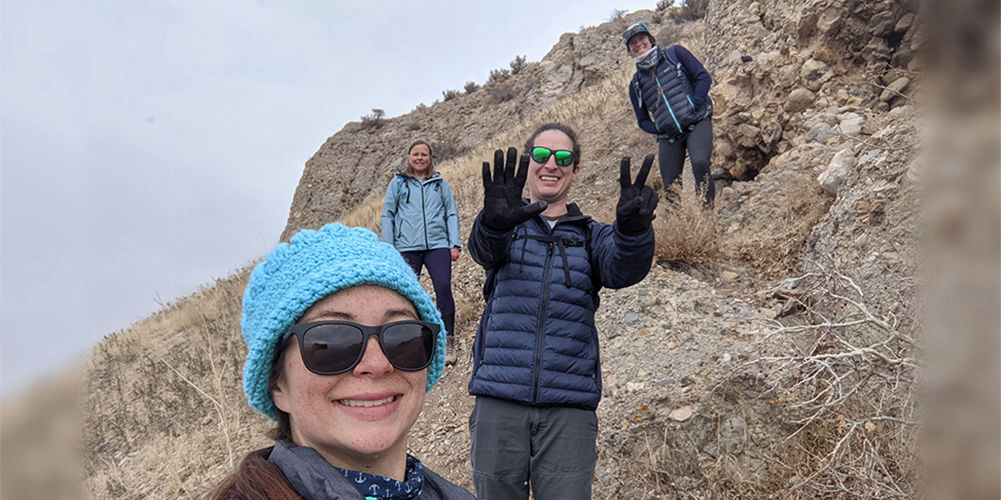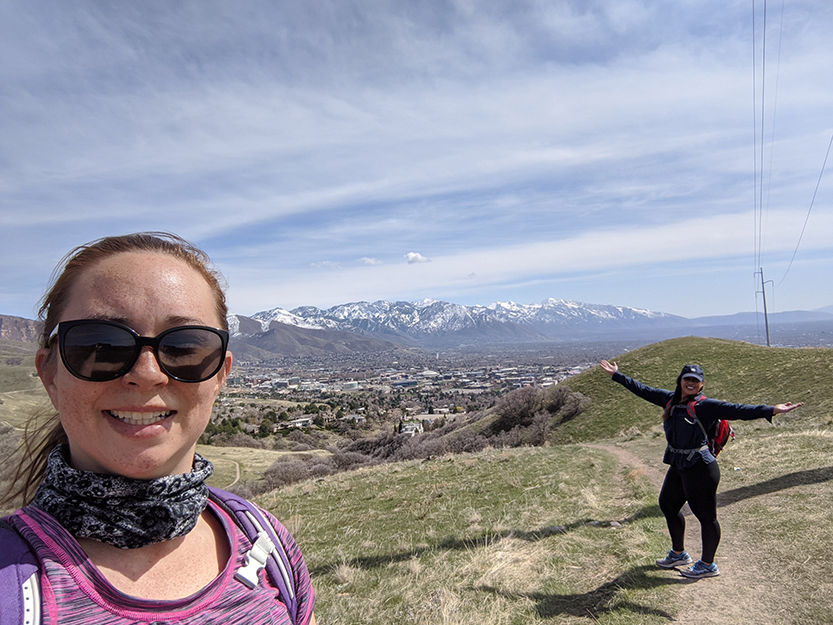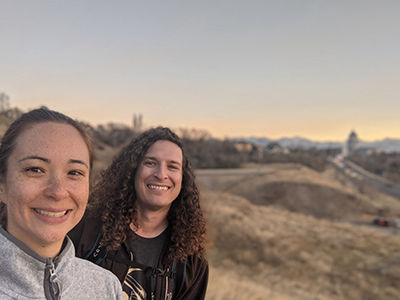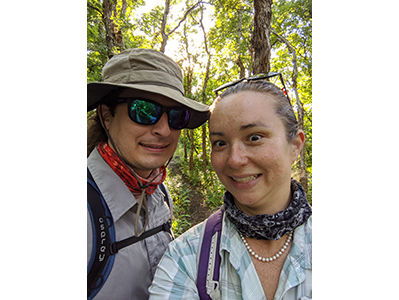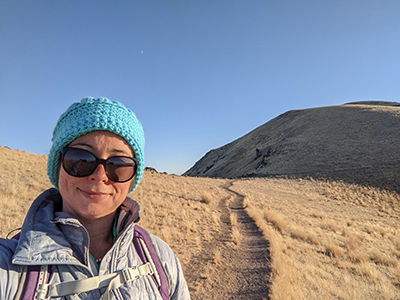n an effort to explore my “backyard,” I set a 2020 resolution to take 52 unique, local hikes. I set this SMART goal after I realized just how little of the Salt Lake area I have actually seen. I wanted to take a year to work on fixing this issue. When I set the goal, I planned to go on a hike a week. It seemed like a very reasonable plan.
However, for the last three months of 2020, I had to spend more effort completing my goal because I failed to make the necessary progress the previous 9 months. Even though I completed the goal (yay me!), I want to make 2021’s resolutions easier to accomplish. To do this, I need to look back on how I completed my last resolution and I see what I can learn for my next one.
In the graph below, I charted my plan for 13 hikes per quarter. In reality, I went on a slew of hikes in the last quarter in a rush to accomplish the total number of hikes. There was nothing preventing me from working on my goal in the first quarter except a false sense of time.
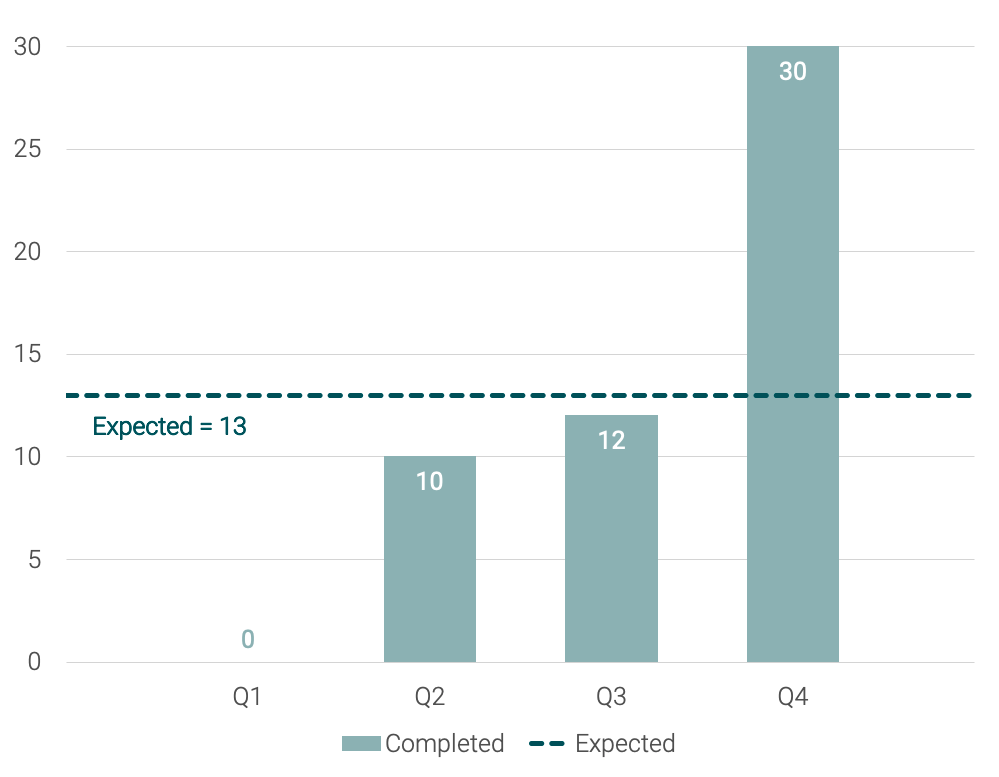
I found that with some focus, and with the help of my friends and family, I could complete the goal even though I was behind schedule. I set this goal; I knew it was attainable; and I still had time in the last quarter. I centered my energy on hiking, and you can see the results: I completed 58% of my goal in the last 3 months of 2020.
I came away with 3 key lessons that can help with both personal and professional goals:
1. Set yourself (and your team) up to succeed by making attainable but challenging goals.
Goals are motivators. In a study from Locke & Latham (1990), goals that are not perceived within our abilities lead to feelings of frustration and dissatisfaction. Whereas goals that are both challenging and attainable lead us to be motivated to complete the task (Zimmerman, 1992).
If you have a professional goal to reduce surgical site infection to 0%, your team might become discouraged and abandon the goal. Be sure to set parameters that motivate and are attainable.
For me, choosing to hike 52 local hikes seemed challenging yet attainable. And though I got off track, the motivation and attainability were on my side.
2. Structure SMART goals with supportive, smaller goals to support you (and your team) along the way.
My goal checked all the marks for being SMART, but it did not help me pace myself. After setting a long-term goal, it is helpful to have smaller goals to support the overall goal.
A health care example goal might be: “Reduce surgical site infections from 3% to 1% in the next year.” Small supportive goals could be to reduce surgical site infections in Q1 from 3% to 2.75%. In Q2 reduce from 2.75% to 2.25%. In Q3 reduce from 2.25% to 1.5%. In Q4 reduce from 1.5% to 1%.
In the case of my hikes, setting quarterly goals of 13 hikes would have set a check point along the way to encourage me earlier to keep on track to finish my goal.
3. Communicate and track goals to create awareness for you and your team.
I completely agree with Peter Drucker’s statement “what gets measured gets managed.” Once you have determined what is important to measure, tell others and talk about it. This creates awareness and accountability. For my hiking challenge, I used social media to track my progress. Not only was I aware of how far I had come, so were my friends. This team of friends also helped me reach my goal.
Often in health care we see bulletin boards with measures posted. Sometimes these measures provide actionable data that can change the behavior of the team. More importantly, it keeps the measures in the forefront of the team members’ minds, aligning their actions with the overall goal.
Personally, communicating about my goal was the best thing I did to achieve it. The support and encouragement from my team of friends made this an easy challenge to complete (in the end).
Mini goals for 2021
Based on what I learned last year, I know my 2021 resolutions will be easier to attain. I have taken on the 52-week hiking challenge again and incorporated mini goals throughout the year to keep me on track. Here is hoping that my lessons learned will help you in the new year.
Check out some images from my 2020 hikes below.
Cindy Spangler
Why do some organizations thrive during a crisis while others flounder? Iona Thraen, director of patient safety, joined forces with her ARUP Laboratory colleagues to learn how the world-renowned national reference lab adapted to the pandemic. Leaders created a culture of safety by putting innovation, learning, and patient-centered care at the heart of all their efforts.
Large gatherings are out for the holidays this year. Thankfully, Senior Value Engineer and Thanksgiving enthusiast Cindy Spangler is prepared. She’s drawing from her improvement toolbox to rethink both what and how to celebrate safely this year.
Finding evidence to change the status quo isn’t easy; thinking about evidence in terms of how it persuades—whether subjective or objective—can make it easier. Plastic surgery resident Dino Maglić and his colleagues followed their guts and saved money by improving the laceration trays used to treat patients in the emergency department.
